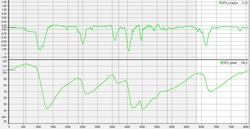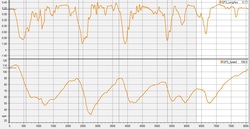The second spot to look is your longitudinal G Force. It should show a similar nice, sharp transition from a slightly positive number as you were accelerating to a large negative number as you started braking. The more rounded the transition from positive to negative, the more time that is being taken to go from throttle to brake. This is “lost” time when you are not accelerating or really slowing down.





 RSS Feed
RSS Feed
